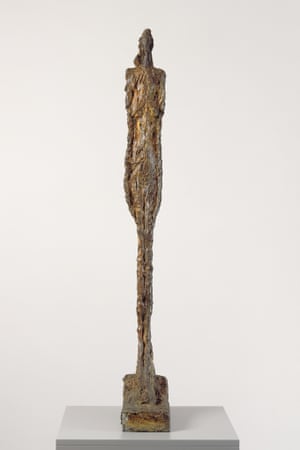Our task is to consider where our practice might sit, where new audiences might be, and to record our voyage of discovery in our journal, alongside the execution of the idea, with a fixed deadline of 14 March 2016. A reflective piece of 750-1250 words, including bibliography and Harvard Referencing, identifying site, situation, audience, decision making process, public engagement, and a reflection on benefits and disadvantages for my practice, to also be produced by the deadline.
We are to consider our connections, who we know or have access to, the nature of the work and its connections, and where I have seen work like mine. Alongside location we may consider changing the format, the scale, materials or method of viewing, by projection, in a magazine, an artist’s book or a web site. Les Bicknell, the tutor for this project, highlighted a number of interesting examples, a mown lawn used as a canvas, the rear window of a vehicle, a postcard blown up to wrap around a scaffolded building. He asked how uncomfortable/challenged I want to be. A thought provoking question indeed.
We were asked for our initial ideas. I was particularly struck by the political content of Alison’s, Emma’s, Maire’s and Mwamba’s ideas, from projecting forgotten people onto the Spanish parliament building (with possible imprisonment!), to painting people and their clothing for a performance piece in London, perhaps with regard to the homeless, or from prostitutes in Zambia, to a giant dress and the homeless in Ireland. I have never considered myself political or even a feminist. I have never found it necessary to fight to be equal, but I am noticing more injustice with this government, perhaps because they feel so empowered, that subtlety is no longer necessary, or perhaps I am just waking up!
I was also struck by the gentleness of Monika’s idea, a natural extension to her current practice, to sit in her local coffee shop and ask people to record memories of their first cake, then to feed the comments back into a future work. This idea is not dissimilar to an idea I was discussing with Annabel in my tutorial, where we discussed inviting the viewer to record the emotion they feel when looking at a piece of my work.
My starting point was that I have exhibited in galleries, interior designers, solicitors, churches and doctor’s surgeries, so that would not present a real challenge. I want to be stretched, but I am a realist, and whilst projecting my work onto the white cliffs of Dover from a boat out in the Channel might be amazing, it is unlikely to be achieved in three months, with a two week public shutdown for Christmas.
So what could I achieve and what could I afford to achieve, because there wouldn’t be time for public funding applications? My work is colourful, and my initial thought is to brighten up the winter months in a public space, say a park or a public hoarding. I could leave my email/Twitter/FB contact details for feedback regarding the emotional impact, and then consider how I could reuse the comments in a future work.
Politics does not form part of my current practice, so its inclusion in this project would fall outside the extension brief. However, I live in the poorest area in the South East, reminiscent of one of the East London boroughs in the 80’s, overflowing with creative, anarchic individuals, where industrial chic and up-cycling rule. I do need to reflect on this for future subject matter.








